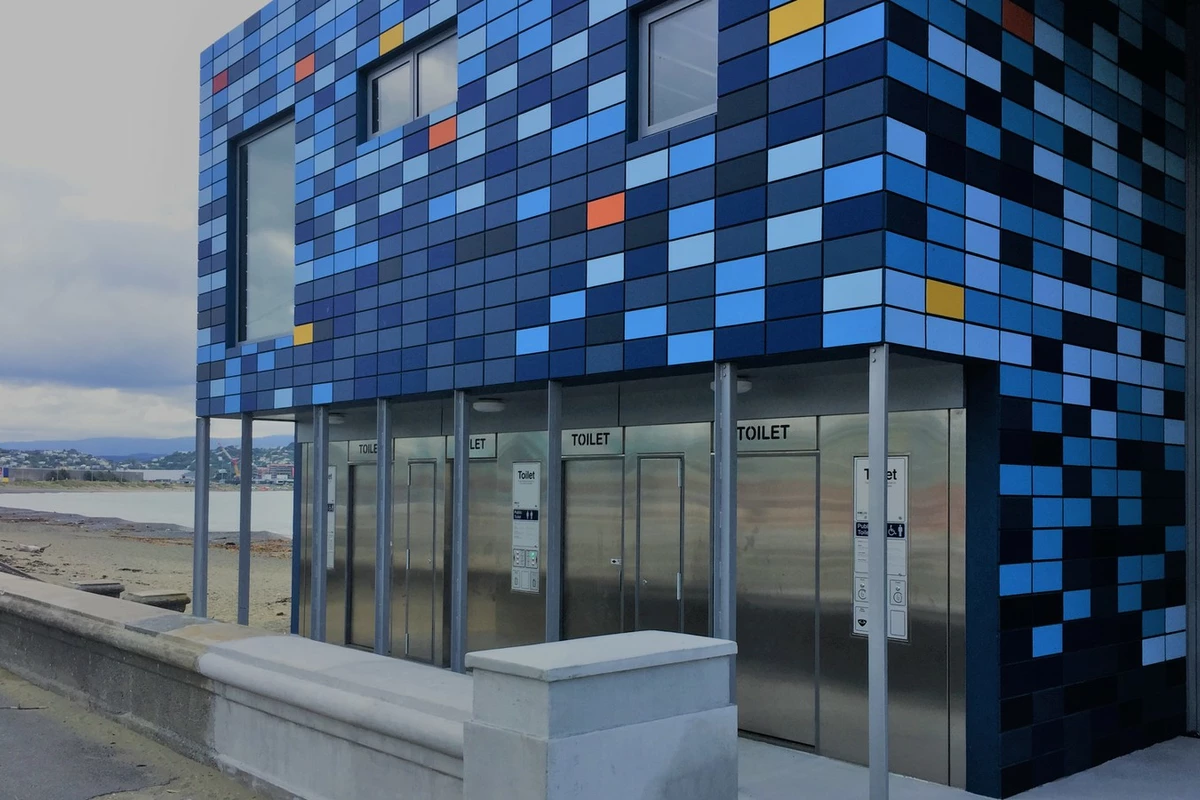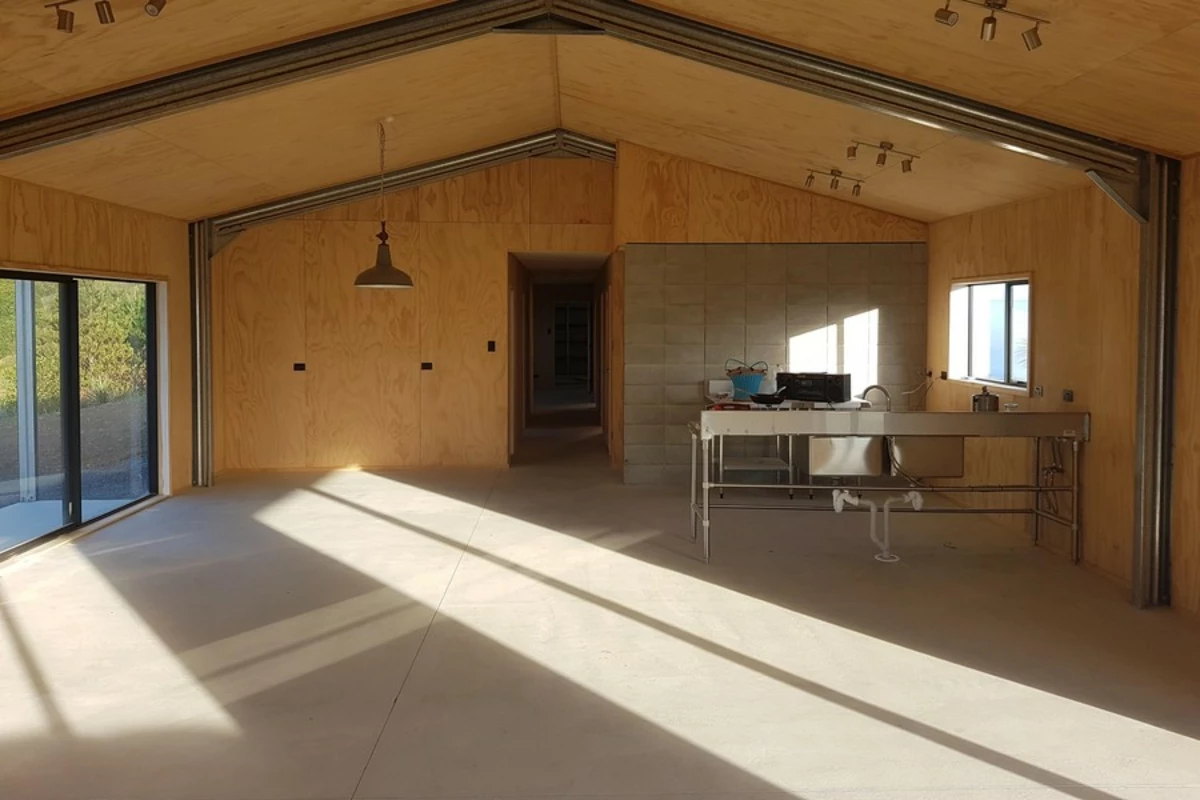Fostering deeper audience relationships by slowing down
At the 1963 civil rights march on Washington, Martin Luther King, Jr spoke of “the fierce urgency of now,” the need for immediate, “vigorous and positive action” on civil rights. Little could he know that a small red notification icon on an LED screen would eventually turn such desire for urgency into a daily struggle for our attention. The causes which compete for that scarce resource are sometimes as worthy Dr King’s, but at other times merely banal, inane, frustrating, or simply intrusive.
Our digital world is replete with such urgency. Action on climate change, political activism, plastics in our oceans, and the suffering of refugees are among the more poignant and powerful messages that currently assault my news feed and inbox each day, but they carry equal weight with emails about breakfast meetings, now or never sales, and the wits, quips, and idiots who demand that I like, buy, or even share their inanity with the wider world. In a time when everything is urgent, and everything is now, it is difficult to maintain equilibrium. Our work, and our thinking, become frenzied.
When everything is urgent, is anything important?
This state of affairs creates a couple of distinct problems. At the personal level it generates a great deal of anxiety and stress. So many things seem out of our control. There is too much information for us to mentally parse, too many things on which we must take a position or act now. And the notifications follow us. With each passing minute our phones chime, and the count inside that little red icon climbs. Relaxing in the evening, sipping on a glass of red wine and enjoying the wonderful company of my partner, my email will still come swooping in to rob the moment of its sanctity. Far from making me feel more connected to the outside world, such intrusions can make me want to shun it entirely.
In my work as a digital design and marketing specialist my attention to such issues is more appropriate, yet I still find myself afflicted by attention saturation. For my clients the issue is different, but no less intractable: how can we cut through this noise to snare even a small piece of our target audience’s attention? How do we create relevance, and yes, a sense of urgency, to encourage people to take action?
When in doubt, get something to eat
At the individual level, there is plenty of advice to help those who feel under-siege by the pace and sheer scale of information we are bombarded with daily. My favourite has to be the Slow Food movement, a reaction to what is perceived as the empty, joyless, and ultimately unsustainable culture of fast food. Slow Food, for those that are unfamiliar with the term, is food that is prepared in a traditional way, using sustainable ingredients that are locally sourced. It encourages us to pause, enjoy the meal in front of us and the people that we share it with. It is a form of mindfulness coupled with deliciousness. It should go without saying that a Slow Food meal is one where no one is posting a photo of their dinner plate and where our attention is firmly fixed in the here and now.
I’ve also found much solace in philosophy. Given my love of good food and company, it won’t surprise you that Epicurus is a personal favourite. I’ve also tried uninstalling the Facebook and Instagram apps on my phone. You and I both know that I won’t actually miss anything. Life will continue and I will be interrupted less often.
The emotional leverage that videos, images, and articles evoke is a deliberate act. The psychological impact of the red notification icon is intentional.
But of course, these are personal choices. They are lifestyle dependant. What my involvement in digital design and marketing has taught me is that the urgency and demand of digital media is not accidental. The emotional leverage that videos, images, and articles evoke is a deliberate act. The psychological impact of the red notification icon is intentional. These things have been designed in this manner because despite the cost on the psyche of the individual, they work. There is a systemic attachment to urgency that dominates digital marketing, and it’s not going anywhere just because you uninstall an app.
So where does that leave me professionally? Am I doomed to create more urgency, more novelty, and more information with which to flog a terminally distracted horse on behalf of my clients, or are there alternatives?
Cooking up a new approach
Just as Slow Food is a reaction to the shallowness of Fast Food, Slow Marketing is a reaction to the frenetic & yet shallow reach of most digital marketing. The idea is that by slowing down, we can gain more traction and win big. Yes, that’s right — by slowing down.
Many online marketing campaigns go for likes, clicks, and other such superficial measures of engagement. A piece of content is produced that will grab attention. False scarcity and urgency are then used to make sure the focus on this piece of content is immediate. But after the interaction, little attention is paid to what happens next. But what happens next is what it really matters.
Consider our Slow Food dinner. We pay attention to the food; where it comes from, how it is prepared, and savouring the experience of eating it. We pay attention to each other, fostering deeper connections. Fast food is a transaction, where calories are put into our body as fast as possible. Slow food is about relationships between people, food, and place. Slow marketing can work for a business in the same way. Instead of seeking a transaction, we can seek to foster those relationships between our business, the people that use it, and our place in the world around us.
Fast food is a transaction, where calories are put into our body as fast as possible. Slow food is about relationships between people, food, and place. Slow marketing can work for a business in the same way.
Slow marketing fosters a deeper and more permanent relationship between your brand and your audience. It’s worth more than clicks, more than a small slice of their already overburdened attention. It is mindful of their experience. By slowing down, we create more loyalty. It also gives us more opportunity to understand our business goals, experiment with new content, and be more forgiving when an approach doesn’t produce immediate results. Rather than throwing out our approach every time we experience a setback, we can take the time to analyse it, contemplate it, and respond appropriately.
If your business, non-profit, or community group wants real and long-term results, then slow down. Panic and urgency will only take you so far. An approach that fosters the relationship between you and your audience, and understands that they are more than just a transaction, may not produce as many clicks this week, but it will build a more resilient brand.

Meet with us
If you're interested in talking with us about your online presence or digital design & programming needs, call or email us to arrange a consultation. We travel nationwide as needed.
Phone 021 858 600
Email james@digitaladvisor.nz



